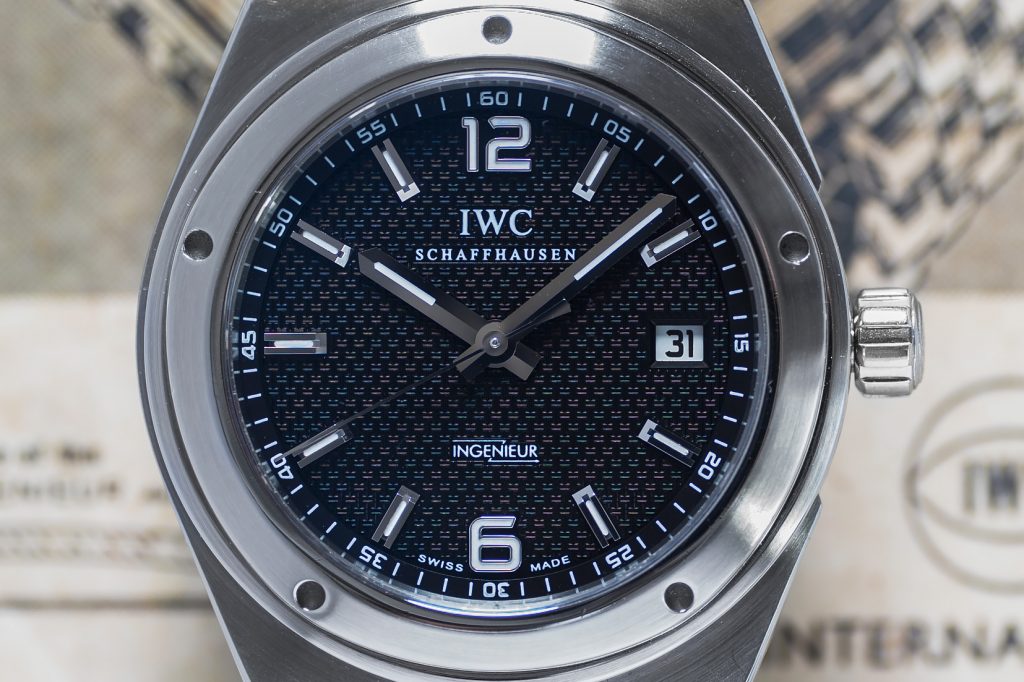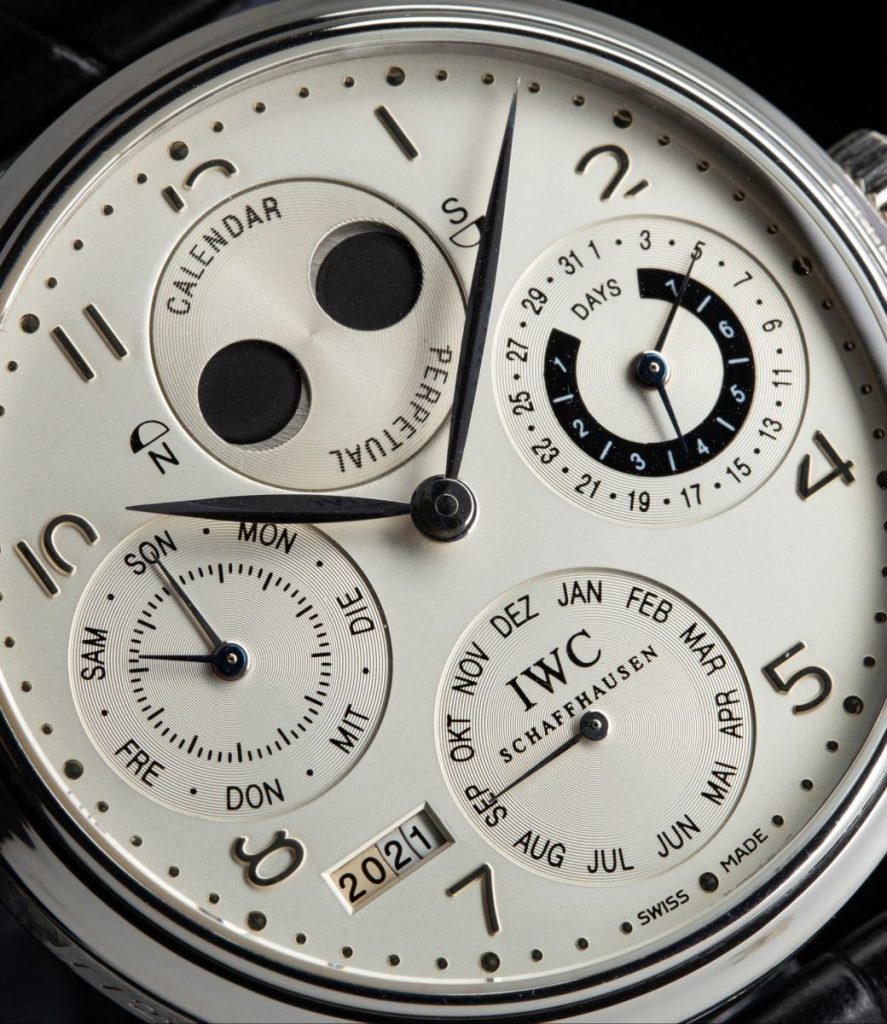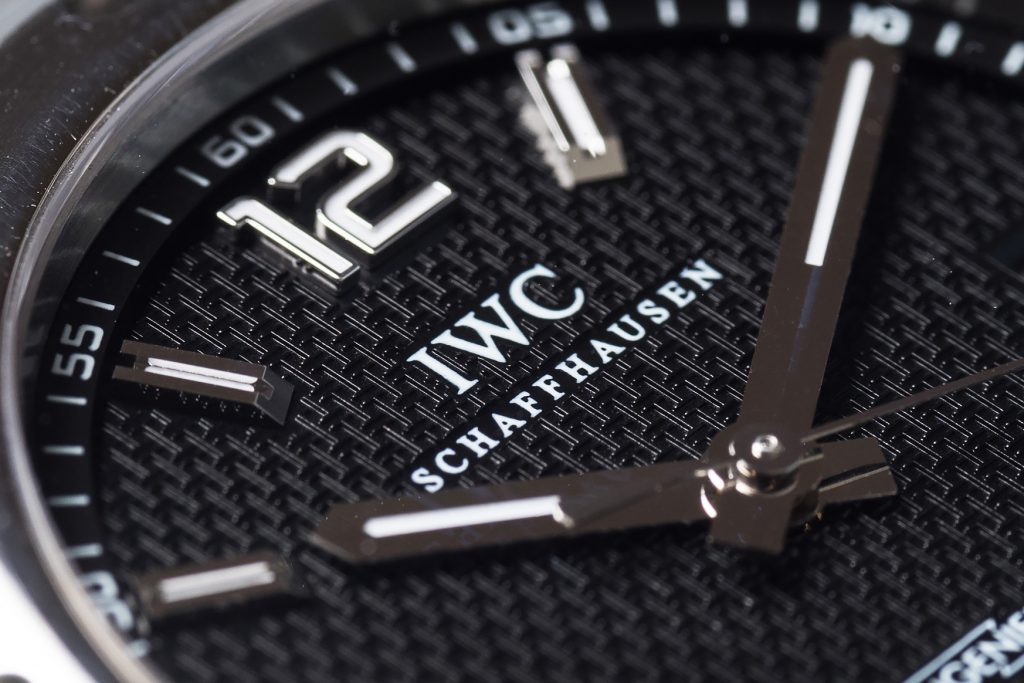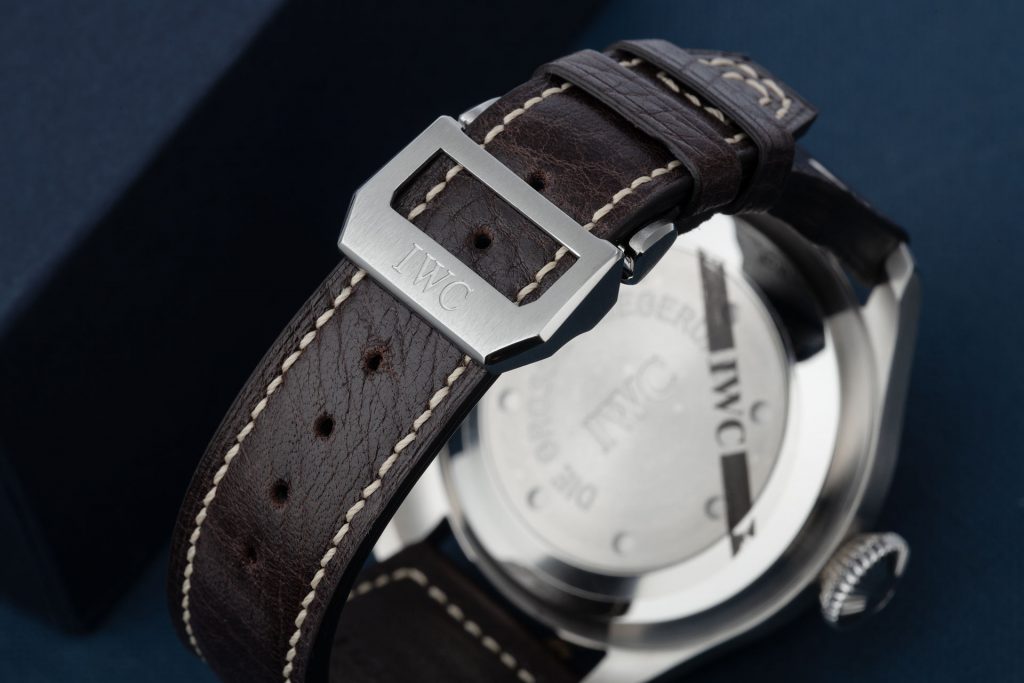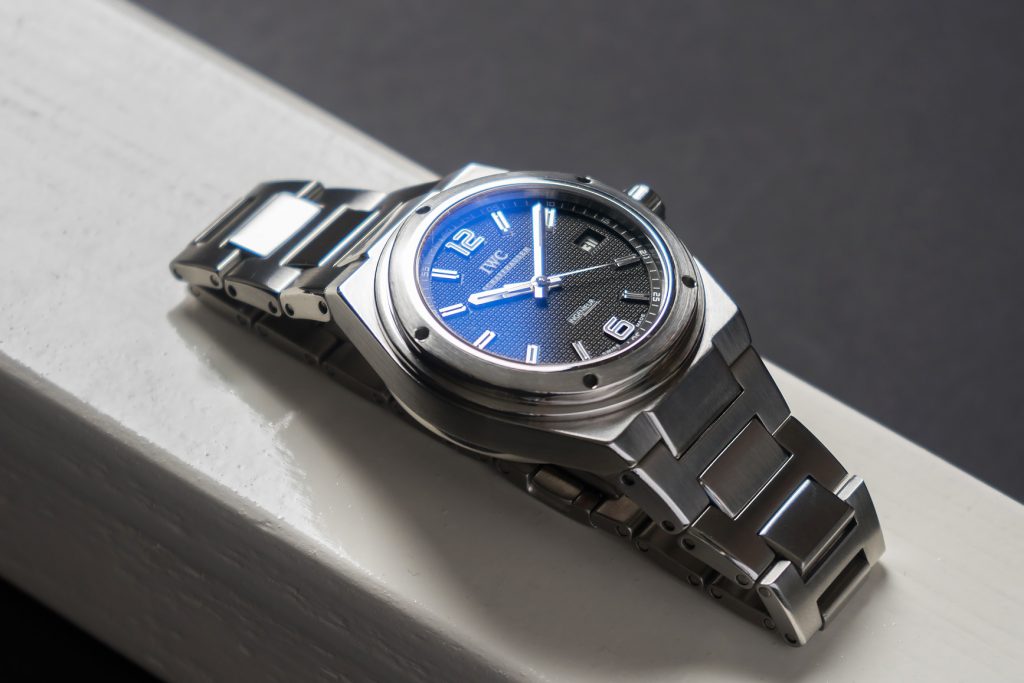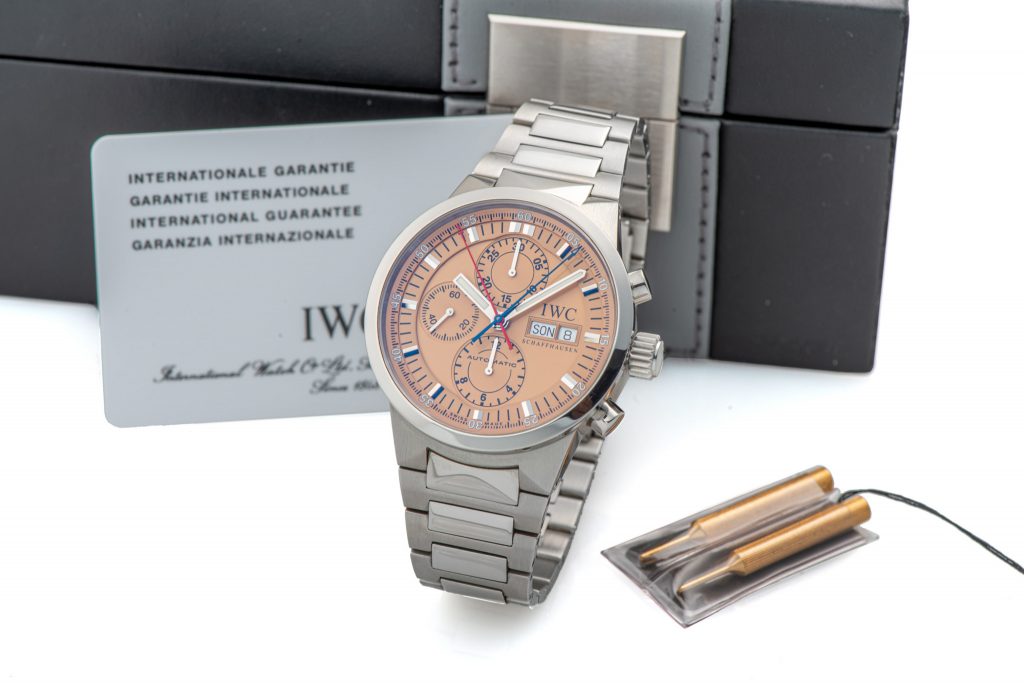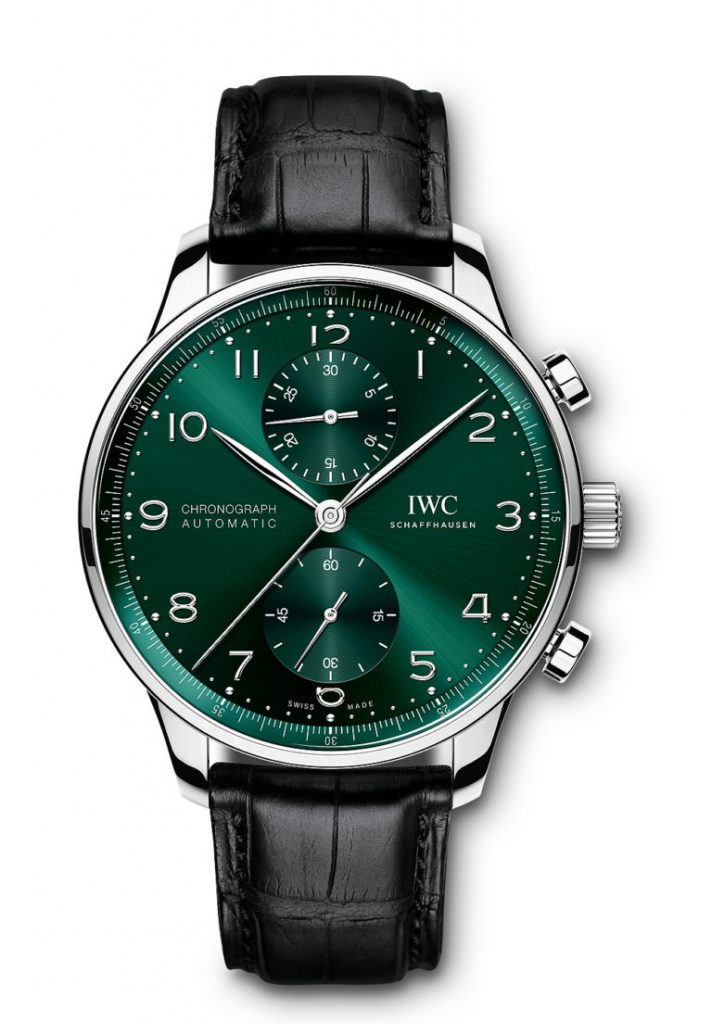From its inception over half a century ago, the IWC Da Vinci Replica collection has evolved through dozens of styles and versions. It is associated with some notable innovations and milestones for the brand. Let’s look at the story behind this collection.

The Beginnings
In 1969, IWC launched the first Da Vinci watch. The first wristwatch to feature the Swiss “Beta 21” quartz movement, the reference 3501, inside a hexagonal gold case. This saw the birth of a watch collection that combines resourcefulness and inventive spirit of Cheap IWC Replica engineers, with a finely developed sense of aesthetics.
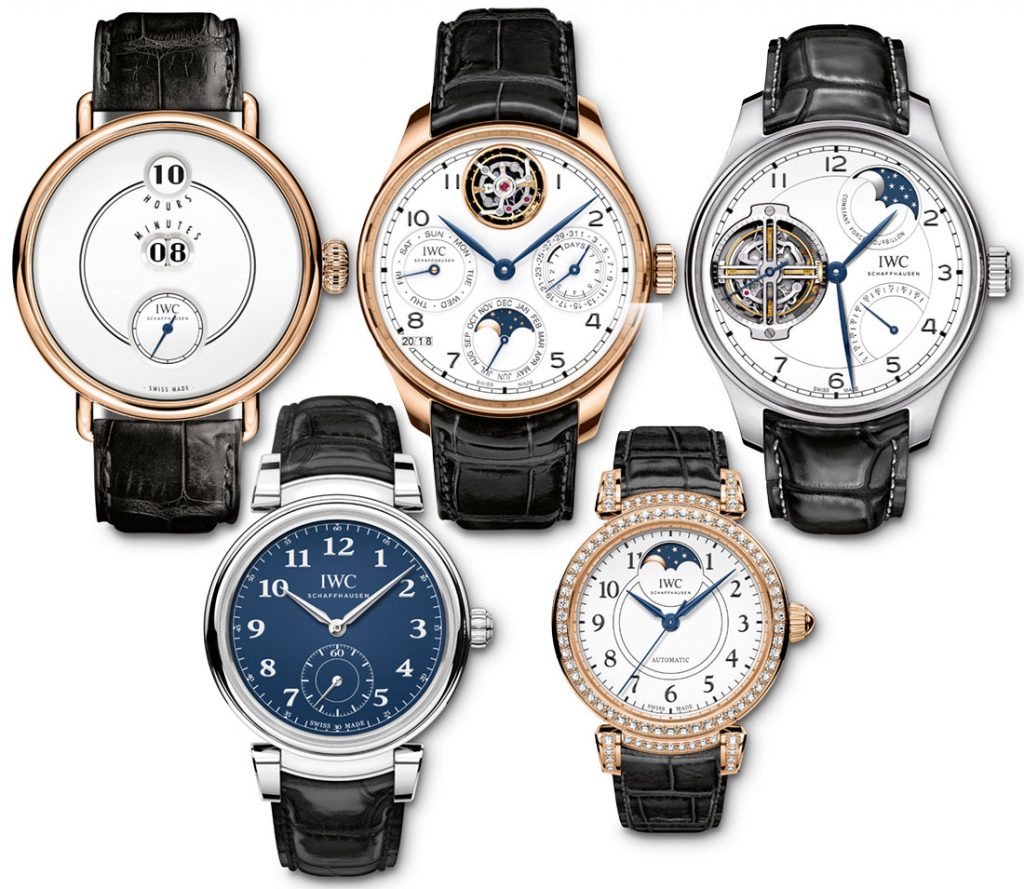
The development of the quartz watch movement was pivotal at the time, and the Beta 21 is even more remarkable given the number of brands involved. Needless to say, this ground-breaking watch proved very popular at its launch, and began an IWC Replica Watches Swiss Made renaissance.
The Revolution
Incidentally, the popularity of mechanical watches sharply declined in the 1970s. The well-documented Quartz Crisis saw the Swiss watchmaking industry severely impacted. This all changed at the 1985 Basel Watch Fair, where Luxury IWC Replica launched the reference 3750.
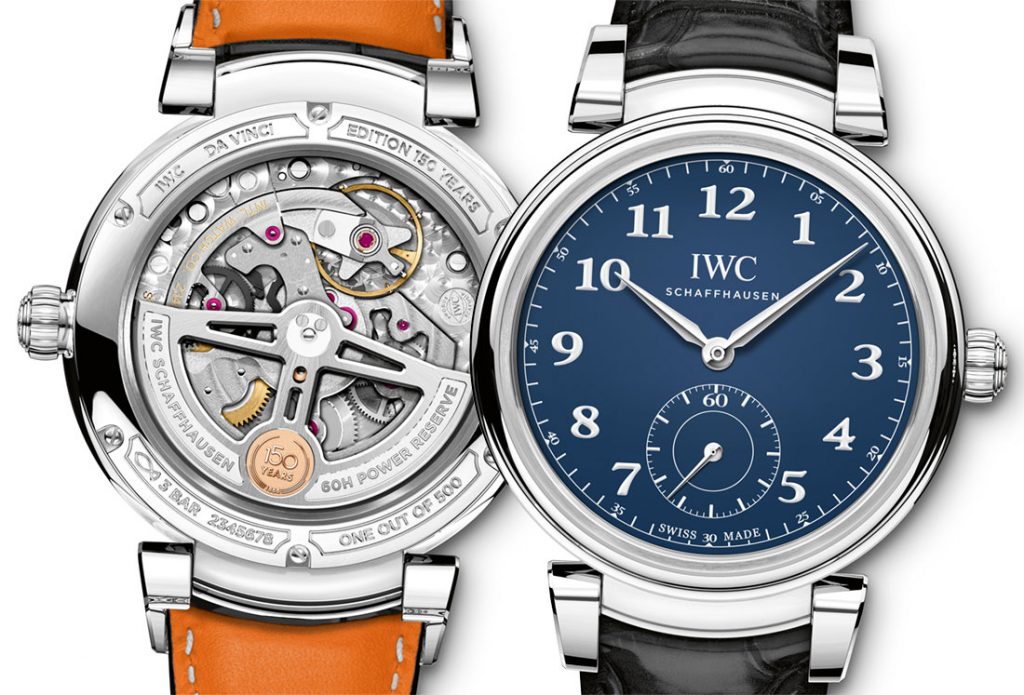
The special case made the watch all the more iconic. With articulated bar lugs, unique pushers, and a double tiered round case design, this complicated Swiss watch pushed back against the tide of quartz invasion.
The Da Vinci Collection Today
The new redesigned High Quality Da Vinci Replica collection turns back to the emblematic model, inheriting the round shape of the reference 3750. While the original bar lugs are now replaced with articulated lugs, the extension of metal partially between them evokes the original reference 3750 while retaining the classic yet contemporary design.

Today, the Da Vinci Replica Watches China includes a range for ladies. The round styled case provided the perfect base for these designs, and the articulated strap horns with curved lugs ensure a comfortable fit. In a tribute to its namesake, the 36mm case features the Flower of Life as drawn by Leonardo Da Vinci in his “Codex Atlanticus” – a pattern made up of 19 circles reminiscent of a flower.















